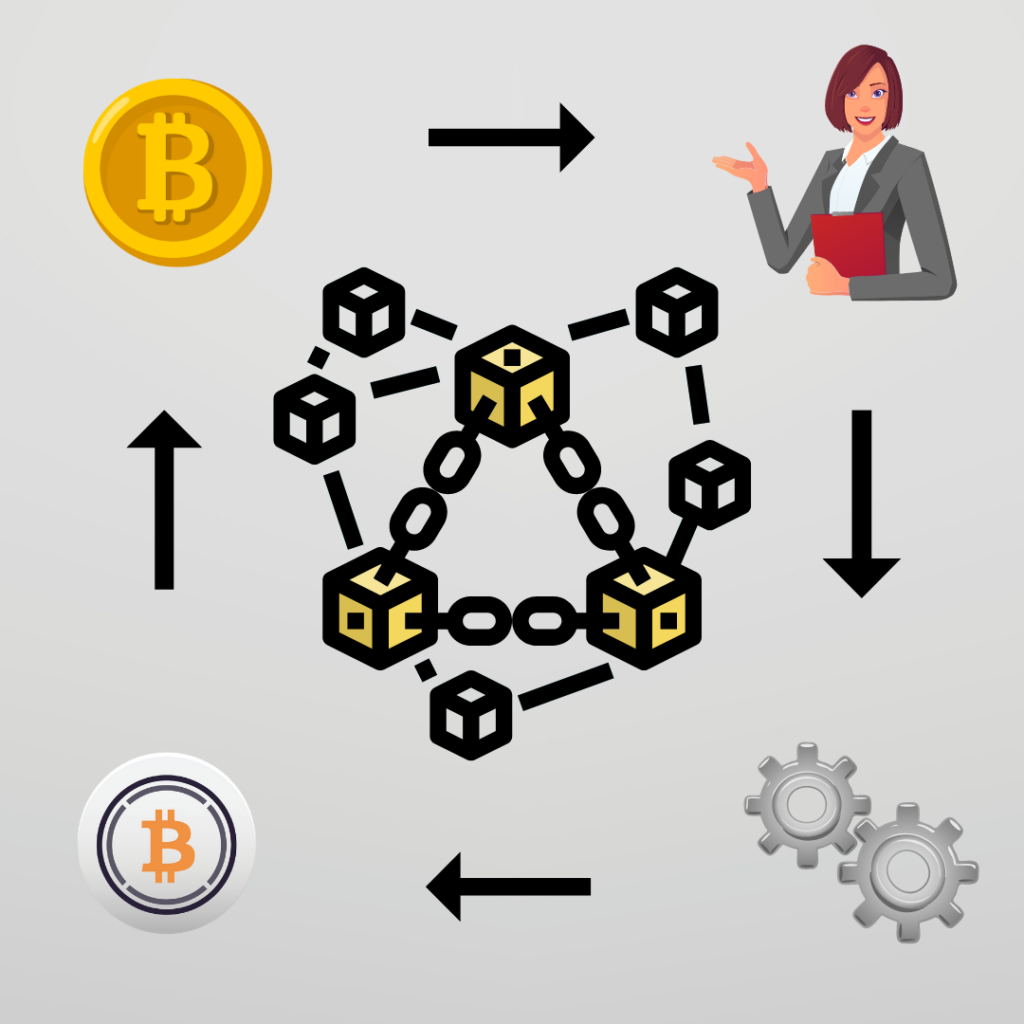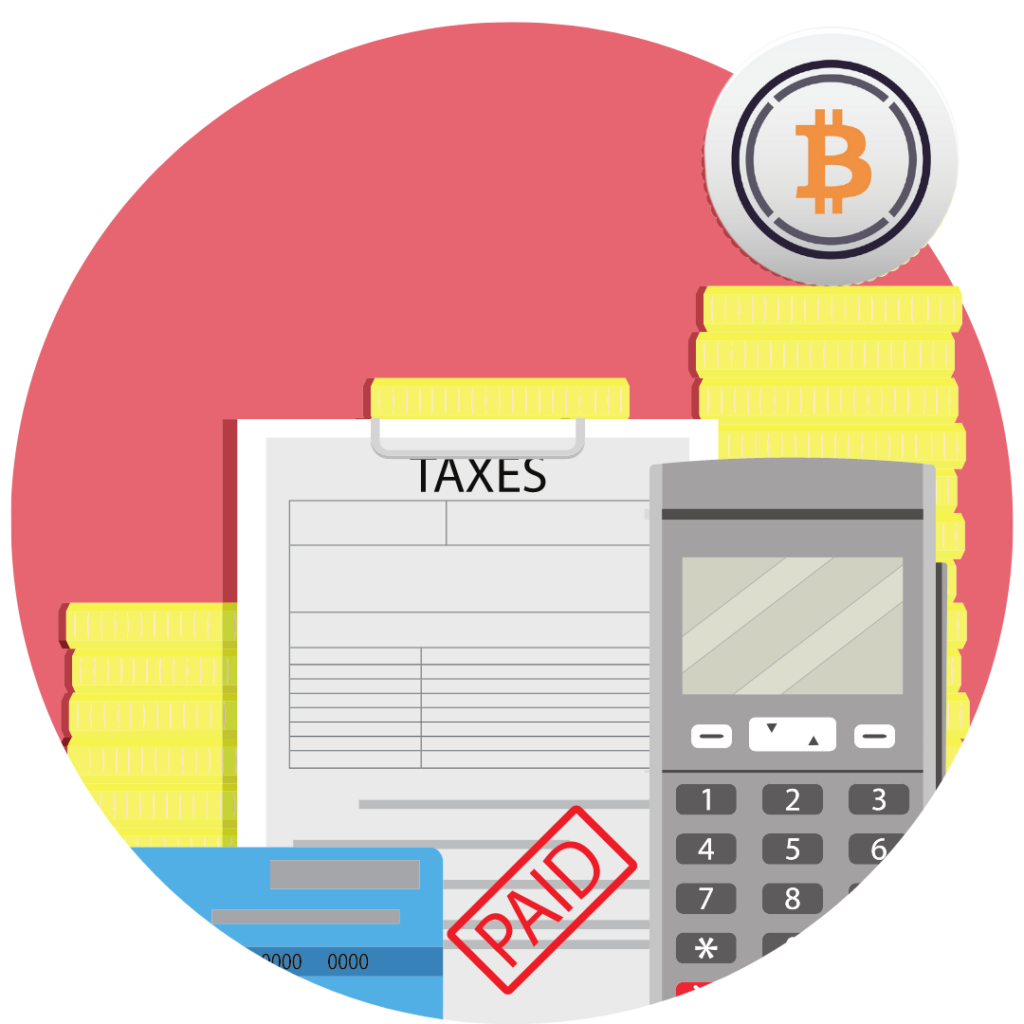Wrapped Tokens: Bridging Different Blockchains
Wrapped tokens solve a fundamental limitation of the current blockchain technology and, by extension, the DeFi sector. The limitation of cross-chain applications between different cryptocurrencies.
Think of blockchain technology as the operating system for cryptocurrencies. Just like you can’t play Android games on Windows, you can’t use Bitcoin on the Ethereum blockchain.
Most DeFi sectors only support ERC-20 or BEP-20 tokens. For this reason, Bitcoin, and even the early version of Ethereum, is not supported in most DeFi protocols. This not only poses a limitation to the DeFi sector in terms of limited options to supply liquidity, but it also limits the utility of these coins.
Wrapped tokens solve this problem. Think of them as one of those third-party software like BlueStacks that allow you to play Android games on Windows.
What are Wrapped Tokens?
Wrapped tokens are tokens whose value is pegged to a different cryptocurrency. So, a wrapped Bitcoin’s value would be pegged to an original Bitcoin (1 WBTC = 1 BTC). You can easily exchange your crypto for its wrapped version to use it on different blockchains that otherwise wouldn’t be possible.
One might say that stablecoins are also wrapped tokens for fiat currency (or gold, property and other assets and commodities).
Similar to how you can’t directly use US dollars in the DeFi ecosystem without first converting it to a stablecoin like USDT, wrapped Bitcoins and Ethereum does the same thing.
The only difference between the two is that stablecoins don’t necessarily have an equivalent reserve for the number of coins in the market. Wrapped tokens, on the other hand, are only minted on a 1:1 basis. So, you can only get 1 WBTC for 1 BTC. Nothing more, nothing less.
Wrapped tokens are a game changer for the DeFi ecosystem. They make it more accessible and allow more liquidity to enter the market, which ultimately helps DeFi to grow further. They also allow interoperability between different coins and increase their utility.
So, it’s no surprise they have capitalized a big part of the market and, rightfully so, considering the unlimited possibilities it unlocks by building bridges between different blockchains. wBTC alone (wrapped Bitcoins by BitGo) has a market capitalization of $4.6 billion.
How Do They Work?

Users can wrap or unwrap coins using a blockchain bridge. There are two kinds of blockchain bridges – trust-based bridges and trustless bridges. We’ll discuss both in the next section, but to explain how wrapped tokens work, we’ll assume you’re using a trust-based bridge, as that is more common.
In a trust-based bridge, users can mint wrapped tokens with the help of a custodian, a third-party entity. This is how the process looks –
You send them the original underlying asset. Let’s take Bitcoin as an example. Upon receiving the original Bitcoin, the custodian will “mint” an equal amount of wrapped Bitcoins before sending them to you.
And then, when you need it back, you simply send a “burn” request. The custodian will then burn the wrapped tokens and return your original Bitcoin.
Even though there is no gas fee, there is still a small fee for wrapping and unwrapping tokens.
In the case of wBTC, the custodian or middleman is BitGo. As you can imagine, the necessity of a custodian or a middleman raises trust concerns and defeats the purpose of decentralization in DeFi. To counter this problem, BitGo has partnered with Chainlink providing an automated auditing system – proof of reserve.
Though it may still not eliminate the concerns and limitations, it definitely reduces them.
How?
The proof of reserve system ensures that the custodian always holds an equivalent amount of underlying Bitcoins to the number of wrapped Bitcoins produced. If not, the system will prevent new wrapped tokens from minting.
Limitations & Risks of Wrapped Tokens
Hackers
The most obvious risk with wrapped tokens or blockchain bridges is the threat of hackers. In 2022 alone, hackers have stolen over $2 billion worth of cryptocurrency through 13 separate cross-chain bridge attacks. Some of these platforms were trust-based bridges, including Ronin Bridge, Nomad Bridge and Harmony One’s Horizon Bridge.
Even though BitGo has facilitated a system that reduces the risk of hacks and helps instill more trust in the custodians, most platforms are still vulnerable to compromised custodians and hacks.
The threat remains even in trustless bridges, where the custodian is replaced with codes and algorithms. Recently, Wormhole, a trustless bridge, suffered an attack, losing over $300 million over a bug in the smart contract.
Lack of Decentralization
The idea of decentralization is to remove any middle or third party and distribute the trust among users. However, custodians interfere with this idea. The need to trust a middleman, in this case, the custodian, defeats the purpose of decentralization in DeFi.
Plus, wrapped tokens require several new layers of trust from the platform, the custodian and the system, which were not present in the original cryptocurrency.
Market Contagion Risk
This is something that not everyone talks about when discussing wrapped tokens. Increased capital efficiency comes with the risk of increased risk of market contagion.
Even if one wrapped token fails for any reason, the entire market of wrapped tokens and their underlying asset will be exposed to the risk of a liquidity crisis, potentially collapsing everything.
Recently, we witnessed something similar with the Terra-Luna crash. Even though it was only Luna that collapsed, it led to a domino effect where all other stablecoins and the entire crypto market as a whole crashed.
However, stablecoins and wrapped tokens are fundamentally different, plus the reasons behind the Terra-Luna crash were different. Nonetheless, there is still a risk of something similar happening to wrapped tokens, though, to be fair, there haven’t been any such incidents in a proof-of-reserve custodial vault.
Is Wrapping Bitcoins Taxable?

It depends on which country you live in and if crypto-to-crypto swap is taxable in your country. In most countries, it is.
In the US, even though the IRS hasn’t released any clear guidelines on wrapped tokens, they are most probably taxable based on the existing tax framework.
Why?
Well, the IRS considers crypto-to-crypto swap as a disposal event. Even if you’re adding liquidity to a pool and receive a token in exchange, it could be classified as a crypto-to-crypto swap. Hence, a taxable event, even though you’re technically still holding your original crypto.
Applying the same logic, wrapping and unwrapping tokens is also a taxable event, or at least that’s how the IRS sees it.
Since it’s not technically possible to realize a gain when wrapping or unwrapping tokens, you must still report these transactions on your tax return. Read our guide on crypto taxes to know more about this.
The Future of Wrapped Tokens
On the surface, wrapped tokens are critical for the growth of DeFi and its widespread adoption in different industries. As we said before, allowing interoperability between different blockchains boosts the utility of existing cryptocurrencies while allowing more liquidity to enter the DeFi market.
However, on a deeper level, it’s not wrapped tokens we need to achieve these goals. It’s interoperability we need, and wrapped tokens are just one of the ways to do it, an effective one, we must admit. However, the crypto space is constantly evolving and innovating.
For example, the early version of Ethereum doesn’t support the ERC-20 protocols. That’s why people use wrapped Ethereum. But the future updates of Ethereum will solve that. So, there will be no more need for wrapped Ethereum.
Similarly, there could be other, better and more efficient technological innovations than wrapped tokens in the future. But for now, it’s the best we have.